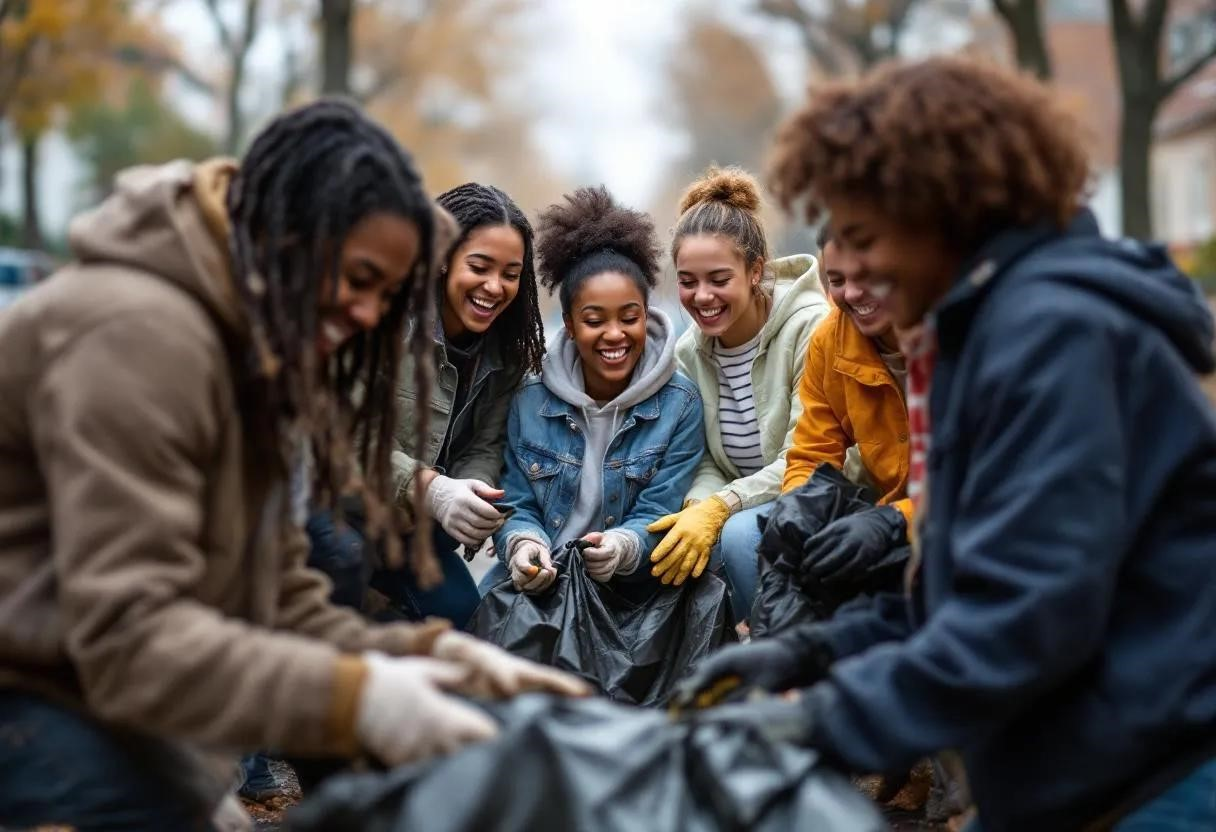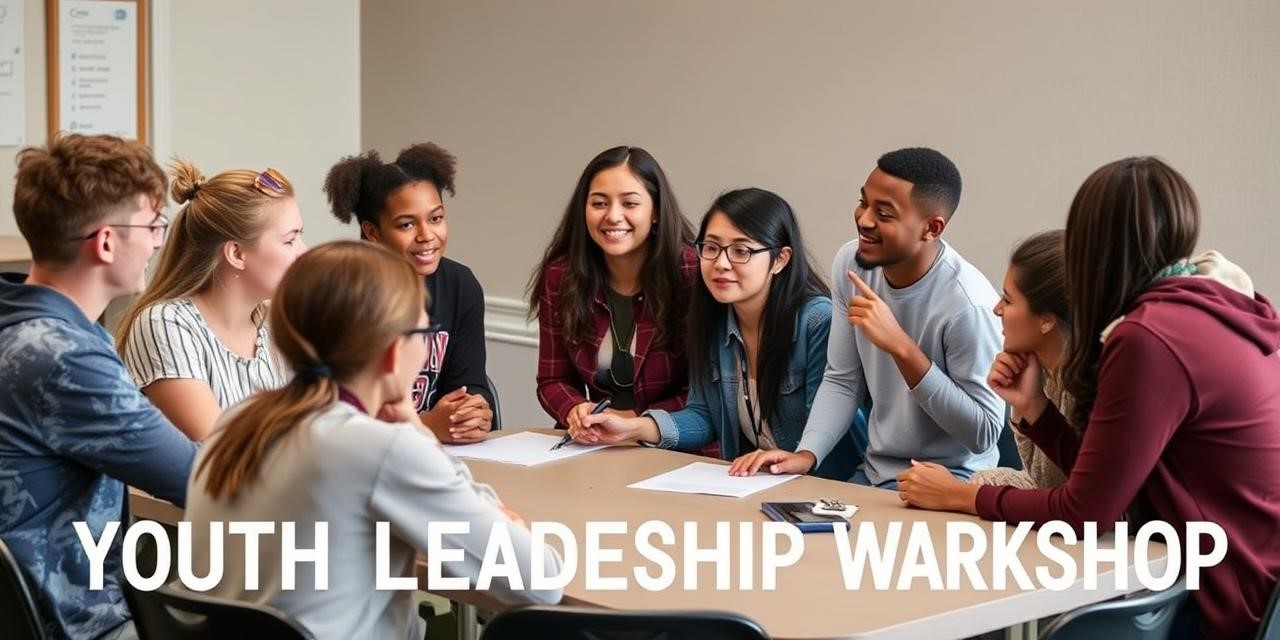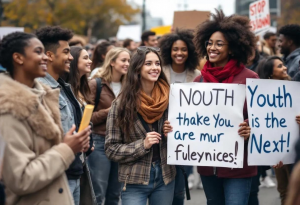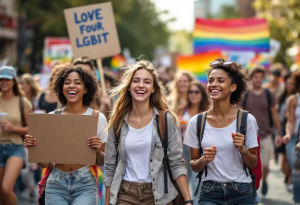
“Kabataan ang pag-asa ng bayan.” The youth are the hope of the nation. It’s a powerful Filipino saying, more than just a catchy phrase. It’s a call to action. But how do we really empower our youth – the kabataan – to step up and shape our communities and democracy? I’ve dedicated my life to youth advocacy, and I’ve seen firsthand the incredible potential within our young people. It’s time we unlocked it.
Beyond ‘Good Citizenship’: Why Youth Engagement Matters
Let’s face it, “civic engagement” can sound boring, like something your grandparents talk about. But it’s vital, not just for a healthy democracy, but for young people’s personal growth and well-being. When young people get involved, they develop critical skills: critical thinking, problem-solving, and communication. They learn about their communities, understand the issues, and gain the confidence to make a difference. Crucially, they build a sense of belonging and purpose, a powerful antidote to isolation.
Imagine a young person volunteering at a food bank. They’re not just feeding the hungry; they’re learning about food insecurity, developing empathy, and connecting with their community. Or a student in a debate club? They’re honing their public speaking skills and learning to research, argue persuasively, and understand different perspectives. These experiences are invaluable, shaping them into informed, engaged, and responsible citizens.

Igniting the Spark: Engaging the Next Generation
So, how do we move beyond talk and create real opportunities for youth civic engagement? Here are some effective strategies I’ve used:
- Voter Education That Connects: Ditch the lectures! Embrace interactive workshops, online games, and social media campaigns. Explain not just how to vote, but why it matters. Show young people how their vote impacts issues they care about – climate change, education, healthcare. Make it personal, relevant, and engaging.
- Nurturing Tomorrow’s Leaders: Invest in programs that equip young people with the skills and knowledge they need to lead. This includes training in communication, advocacy, project management, and conflict resolution. Create mentorships where young leaders learn from experienced community activists and professionals.
- Amplify Youth Voices: Give young people a seat at the table. Include them in community meetings, policy discussions, and decision-making. Create youth advisory boards, student government associations, and online forums where they can share their ideas. And, most importantly, listen to what they say.
- Fueling Youth-Led Change: Empower young people to identify problems and develop solutions. Provide funding, resources, and mentorship to bring their ideas to life. This could be a community garden, a recycling campaign, or a social enterprise.
- Accessibility for All: Ensure civic engagement is accessible, regardless of background, socioeconomic status, or ability. Provide transportation, childcare, and language support. Actively reach out to marginalized communities and create spaces where all voices are heard.
Busting Myths: Addressing the Challenges Head-On
Promoting youth civic engagement has its challenges. One common myth? Young people are apathetic or disinterested in politics. Simply not true. Young people are passionate about the issues they care about. They just need to see that their voices matter and their actions make a difference.
Another challenge? Overcoming barriers that prevent participation: lack of time, transportation, or resources, or feelings of intimidation. To address these, we need supportive, inclusive environments where young people feel safe, valued, and respected.
The Ripple Effect: Investing in the Future
Investing in youth civic engagement isn’t just about creating better citizens today. It’s about building a stronger, more resilient society for tomorrow. Engaged young people are more likely to stay in school, get involved in their communities, and participate in the democratic process. They are also more likely to be employed, healthy, and civically responsible.
Youth civic engagement also positively impacts community development. When young people are involved in decision-making, they bring fresh perspectives and innovative ideas. They help identify problems, develop solutions, and mobilize resources. They can also serve as role models, inspiring others to get involved.
I remember working with young people in a rural barangay (village) concerned about the lack of clean water. They organized a community forum, researched solutions, and advocated for a new water well. Their efforts provided clean water and empowered them to become agents of change. It was a powerful reminder of the potential within our youth.
Now is the Time: A Call to Action
The future depends on the active participation of young people. It’s time to stop paying lip service to youth empowerment and start investing in programs that truly engage and support them. Let’s create opportunities for them to learn, lead, and make a difference. Let’s listen to their voices, value their contributions, and empower them to become the leaders of tomorrow.
“Kung hindi ngayon, kailan pa?” If not now, when? Let’s work together to ignite the flame of civic engagement and build a brighter future for all.

